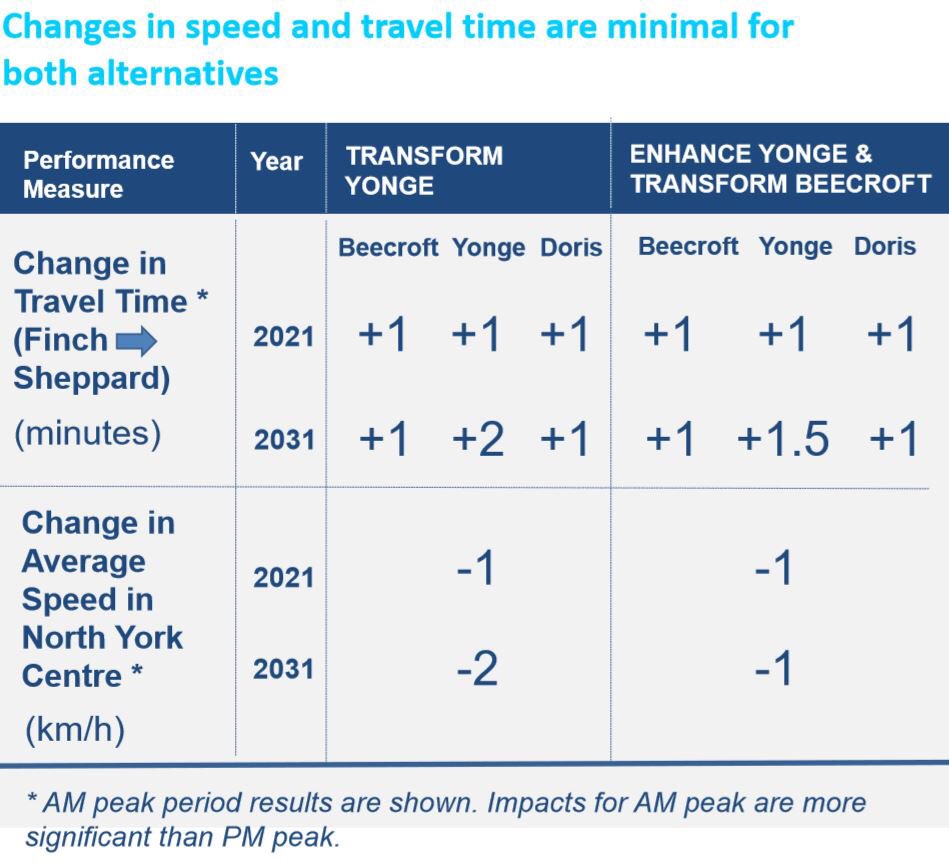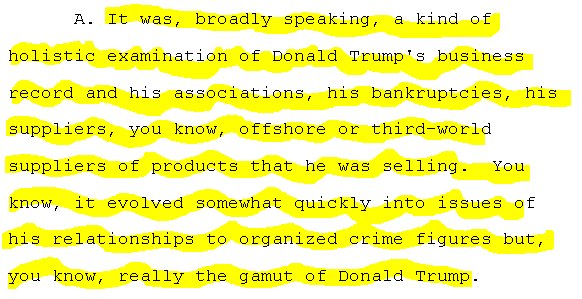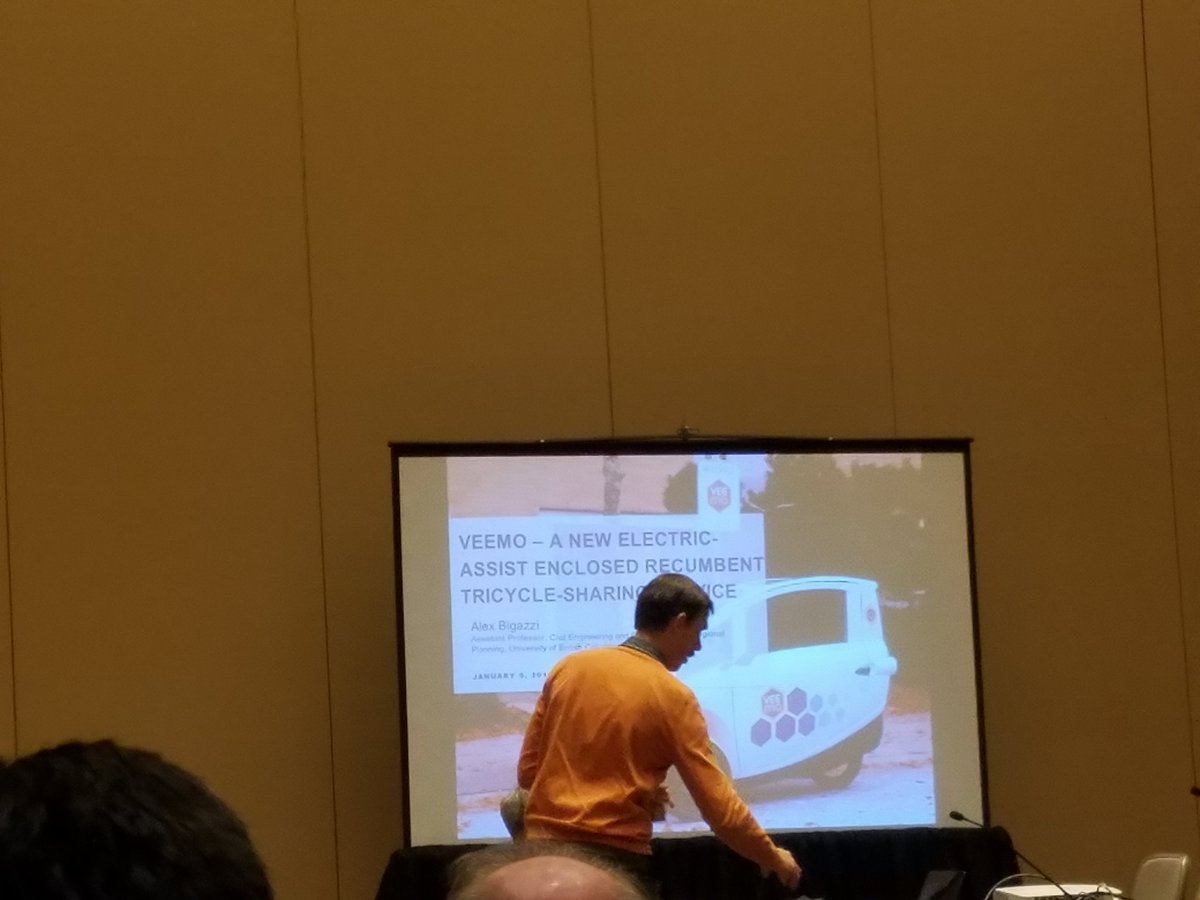I’d like to talk about comfort, risk and trade-offs.
We ALL wish our commutes were shorter. Commuting is not what we want to do, it is what takes us to the things we want to do.
When I drive, I never feel remotely at risk. At city speeds, I’m not.


Twitter may remove this content at anytime, convert it as a PDF, save and print for later use!

1) Follow Thread Reader App on Twitter so you can easily mention us!
2) Go to a Twitter thread (series of Tweets by the same owner) and mention us with a keyword "unroll"
@threadreaderapp unroll
You can practice here first or read more on our help page!

